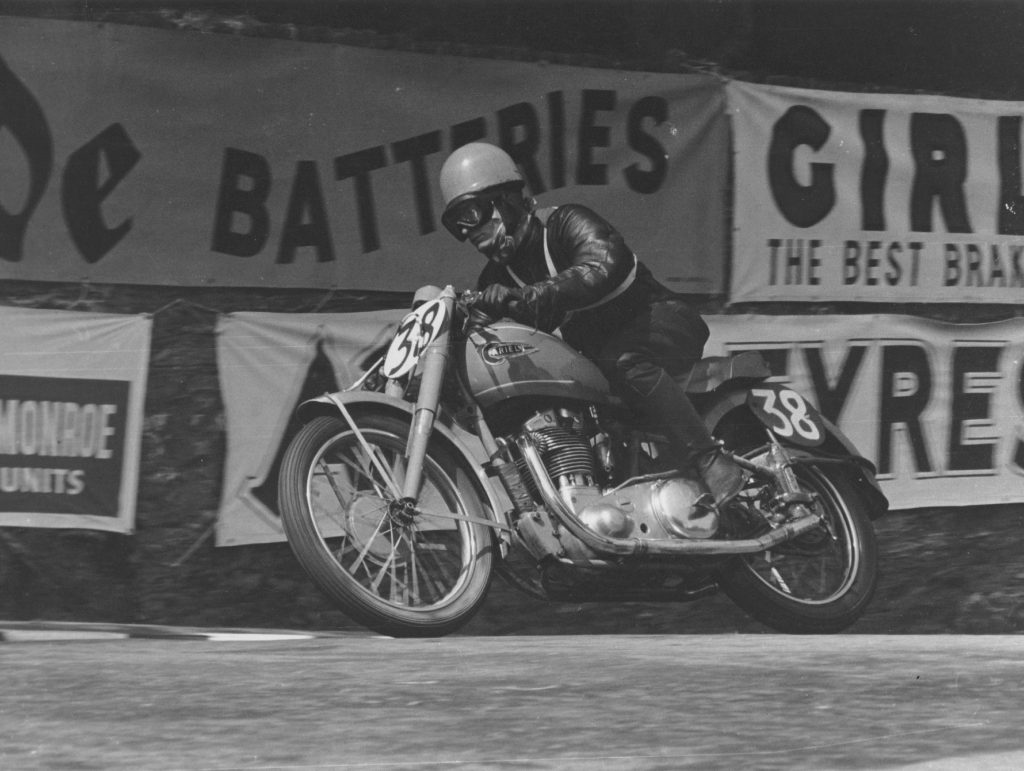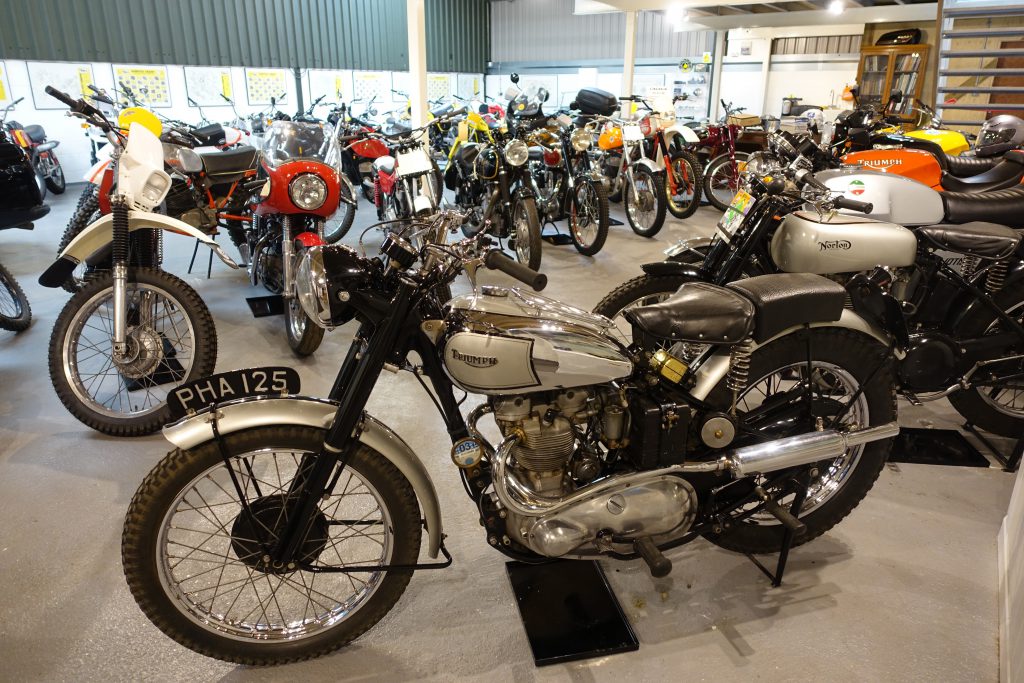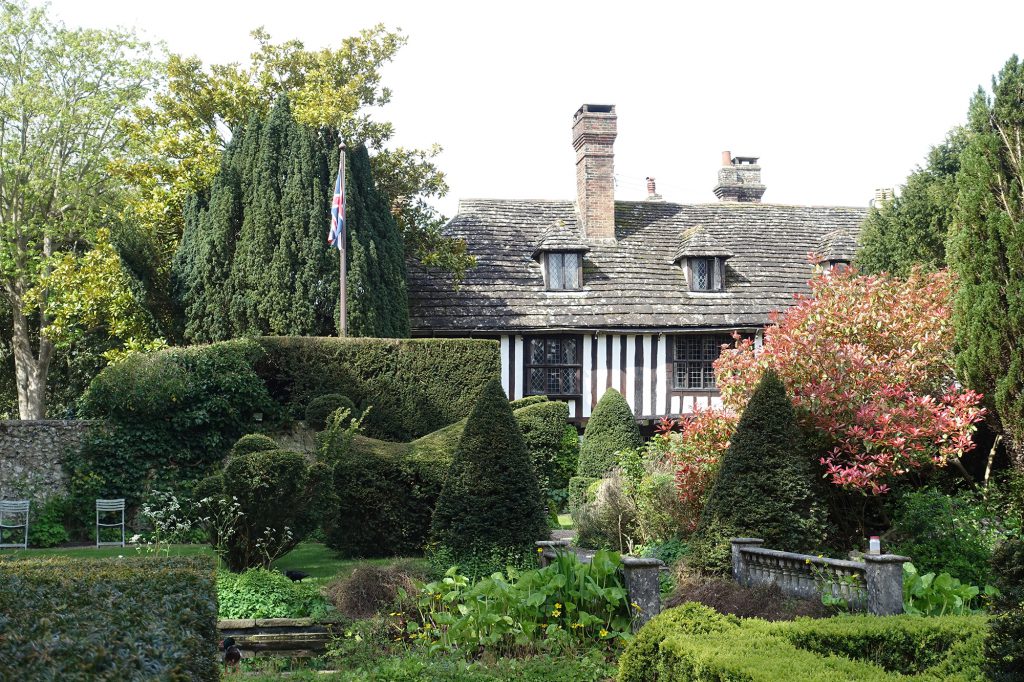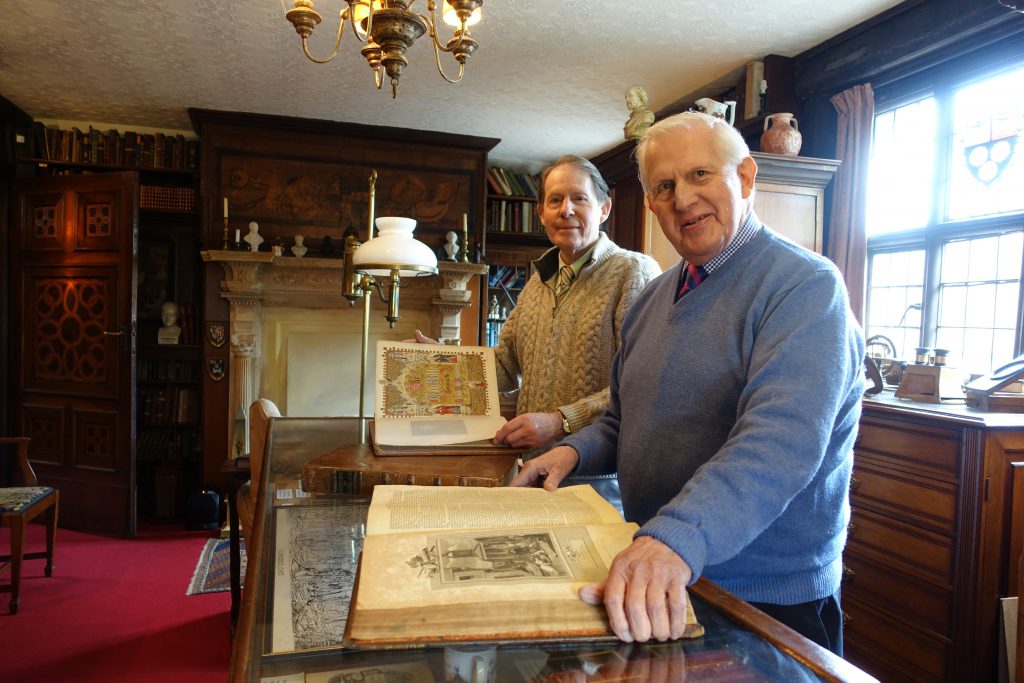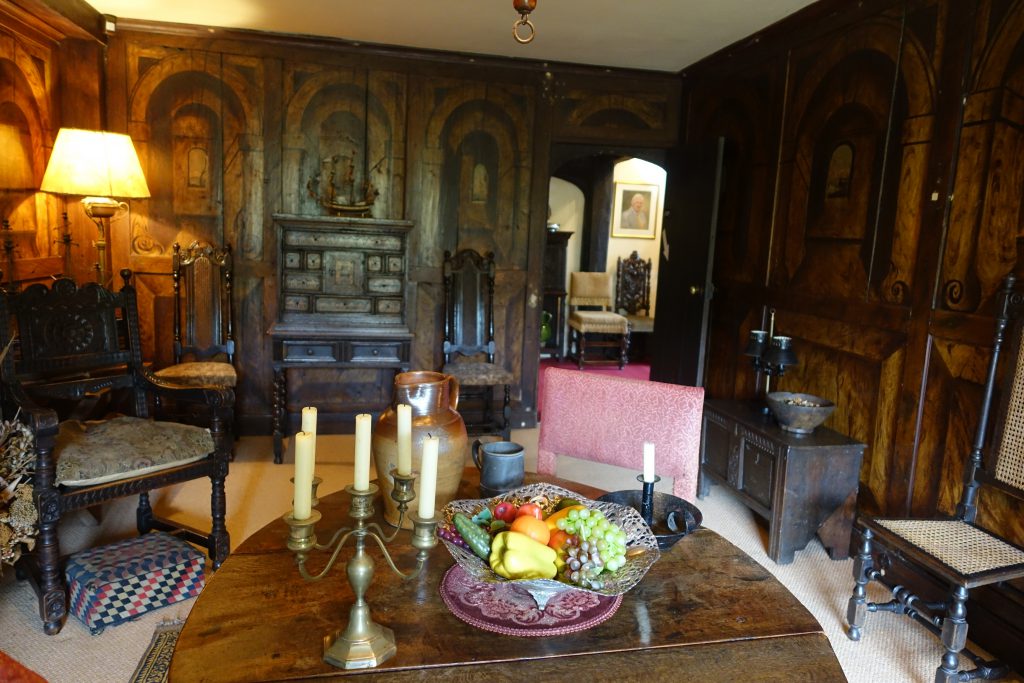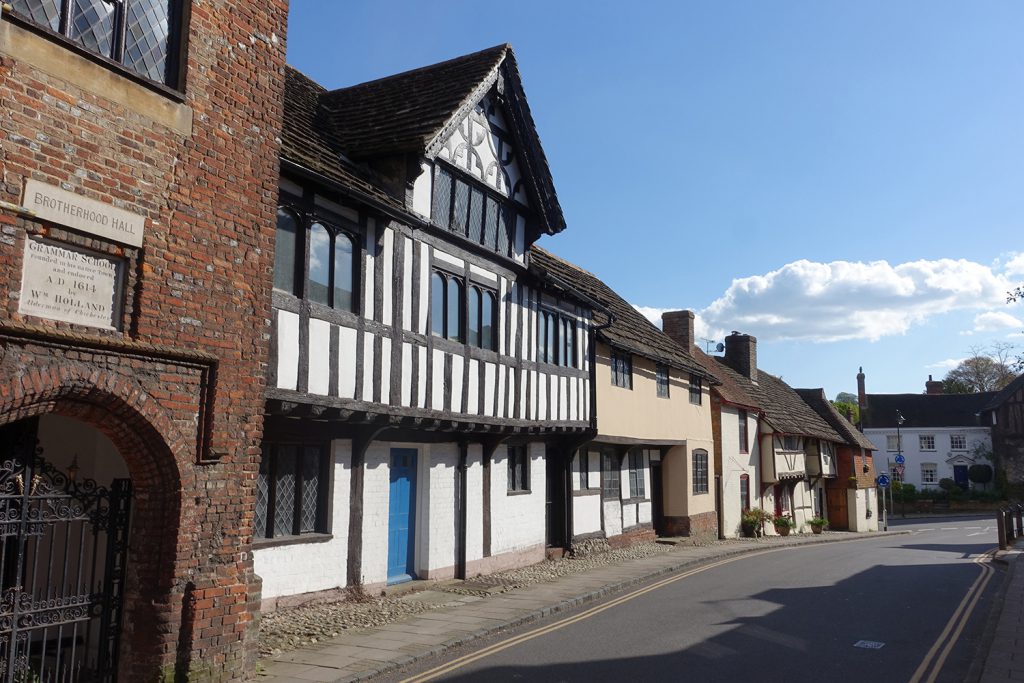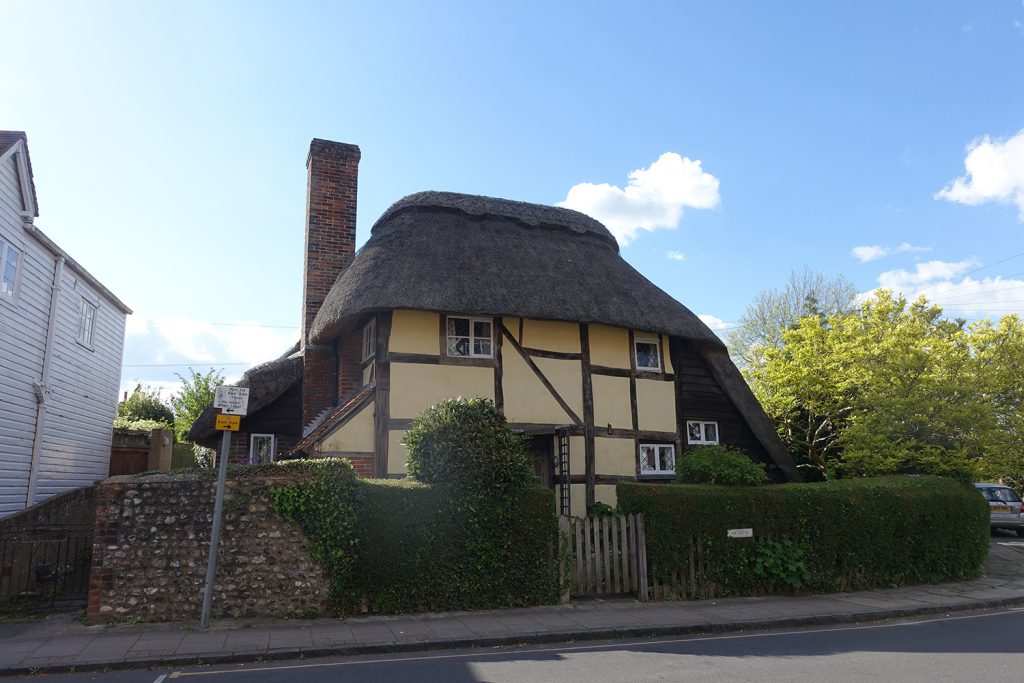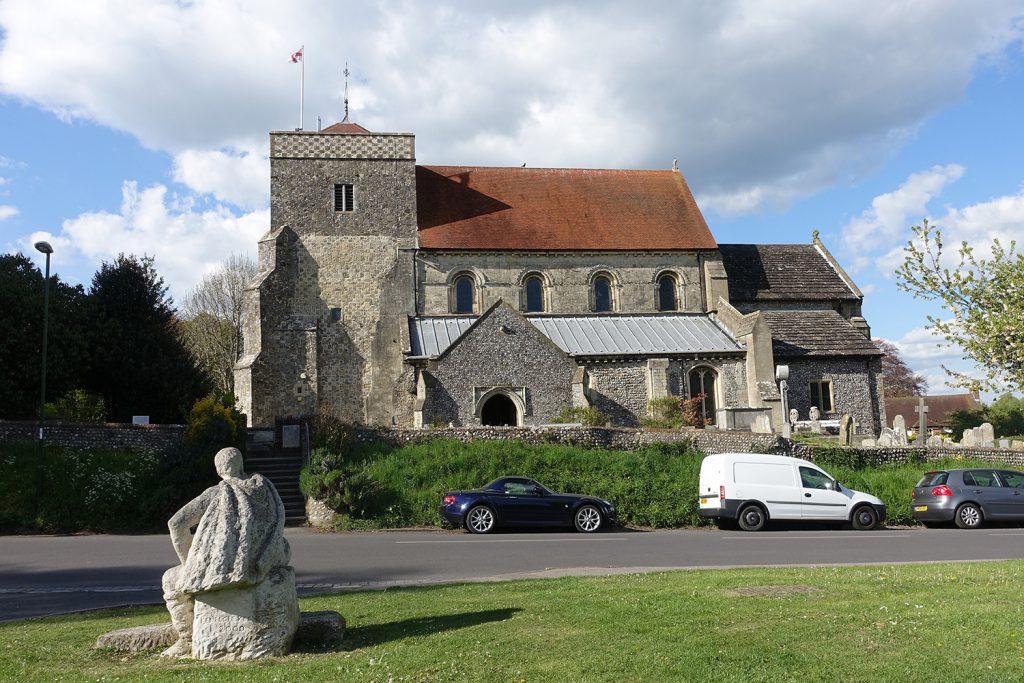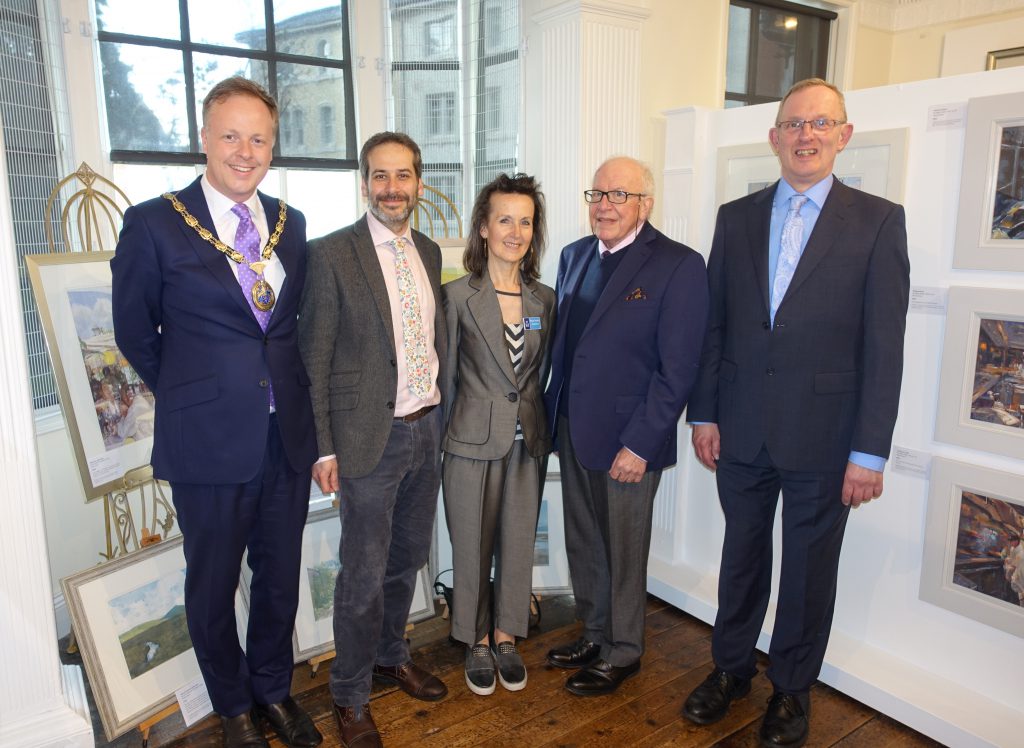
The Royal Institute of Painters in Watercolours, Now 17 summer exhibition is currently on show at The Horsham Museum & Art Gallery. The Royal Institute of Painters in Watercolours (RI) rarely holds exhibitions outside London and this show highlights the growing reputation of Horsham’s exceptional regional art gallery.
The exhibition was opened by the President of the Royal Institute, Rosa Sepple, and the Chairman of Horsham District Council, Christian Mitchell, in front of a large audience.
The RI can trace its origins back to 1807 when it was first formed as the New Society of Painters in Watercolours. Early exhibitors included the luminaries William Blake and Paul Sandby. The Society closed in 1812 but was resurrected by the artist Joseph Powell in 1831. The Society acquired its Royal status by order of Queen Victoria in 1883. For much of its existence its home was opposite the Royal Academy in Piccadilly but in 1971, together with a number of other leading societies of artists, it moved to the Mall Galleries as part of the Federation of British artists. Her Majesty the Queen is the RI’s patron.
Since Horsham’s art gallery was opened in 2010, to compliment the museum’s already outstanding program, visitor numbers have doubled making the Horsham Museum and Art Gallery one of the most visited arts and heritage destinations in the whole of Sussex.
Responding to this demand the museum changed its collecting policy. It now collect’s not only Sussex related art, but also watercolours by leading exponents of the medium. A watercolour collection of national significance is being built with financial support from The Friends of Horsham Museum, collectors, businesses, trusts and institutions. I am delighted that Toovey’s have already donated a number of watercolours by key British artists and are sponsoring the exceptional RI: Now 17 show. This exceptional selling exhibition includes watercolours by some twenty leading RI artists including works by the current President.
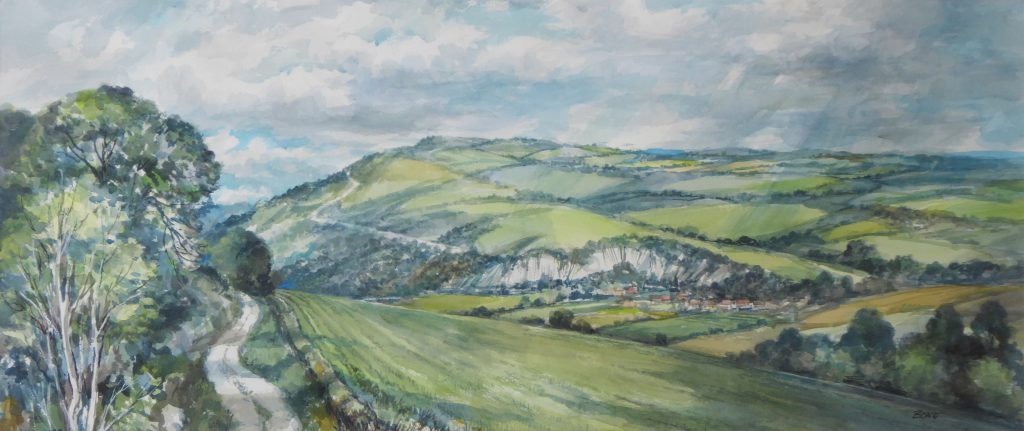
The beauty of the Sussex Downs never fails to excite me. The watercolour, ‘Sussex Downs’, by RI past President Charles Bone, captures the shifting grey-green hues of the late spring and early summer. His broad but delicate brushwork gives us a sense of the fast changing play of light and weather on this ancient landscape. Charles Bone is understandably celebrated for his ability to record landscapes and architecture.
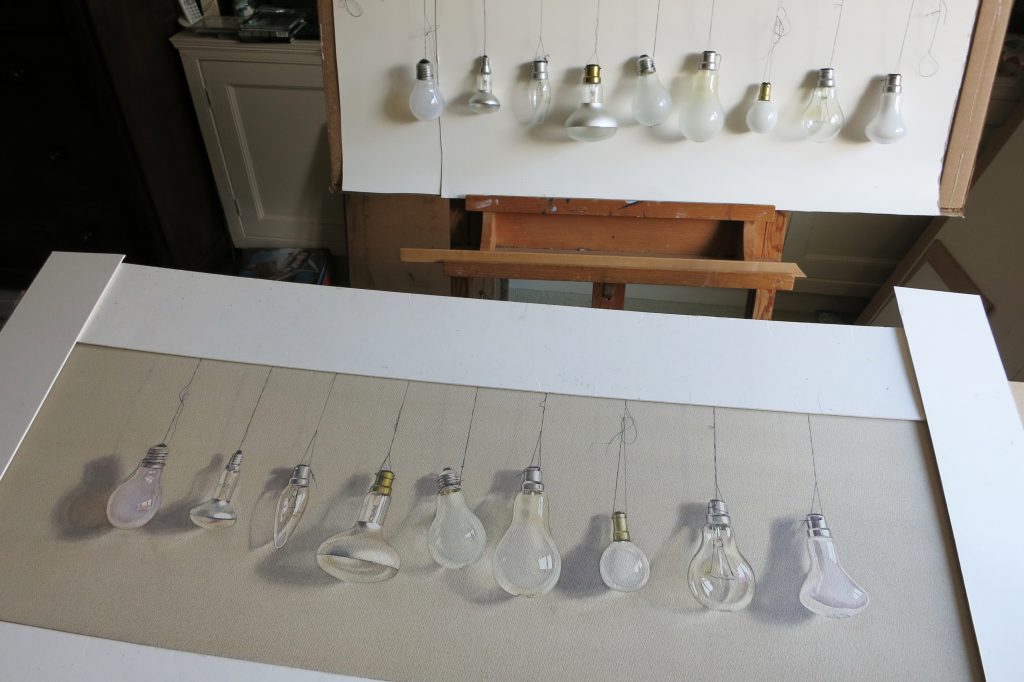
Lillias August’s watercolour ‘Hanging by a Thread’, in contrast, conveys a stillness which appears out of time. The three-dimensional quality of the light bulbs depicted is emphasised by the economy of her palette and the building up of painstaking layers of wash. ‘Hanging by a Thread’ seen here in her studio allows us to glimpse something of the artist’s working method.
These are just two of the delights in the RI: Now 17 exhibition which gives the backdrop for a number of summer events celebrating watercolour paintings and artists at the Horsham Museum & Art Gallery.
Highlights include a talk by Art Historian, Nicola Moorby, on Turner’s watercolour technique on the 8th June 2017, and Nick Toovey of Toovey’s Auctioneers will once again be holding a fundraising valuation event for paintings, prints, books, postcards and other paper collectables on Saturday 10th June 2017, 10am to 1pm at the Horsham Museum & Art Gallery.
This current show, RI: Now 17, is proof of Horsham Museum & Art Gallery’s growing national reputation. Curator, Jeremy Knight, is once again deserving of our thanks.
The RI: Now 17 exhibition runs until 15th July 2017 at Horsham Museum & Art Gallery, The Causeway, Horsham, RH12 1HE and entrance is free. For more information visit www.horshammuseum.org or telephone 01403 254959.
By Rupert Toovey, a senior director of Toovey’s, the leading fine art auction house in West Sussex, based on the A24 at Washington. Originally published in the West Sussex Gazette.

